Dr. APJ Abdul Kalam fondly known as the “Missile Man of India,” was a luminary and an inspiring figure in India’s history. A brilliant scientist and the 11th President of India, Dr. Kalam’s life serves as a testament to the power of dedication, knowledge, and integrity.
His journey from humble beginnings to becoming a renowned aerospace engineer, responsible for India’s missile development and space technology advancements, has captured the imagination of millions.
In this article, we explore the remarkable life of Dr. A.P.J. Abdul Kalam, his pivotal contributions to India’s scientific progress, and his enduring legacy as a visionary leader and an inspiration to generations worldwide.
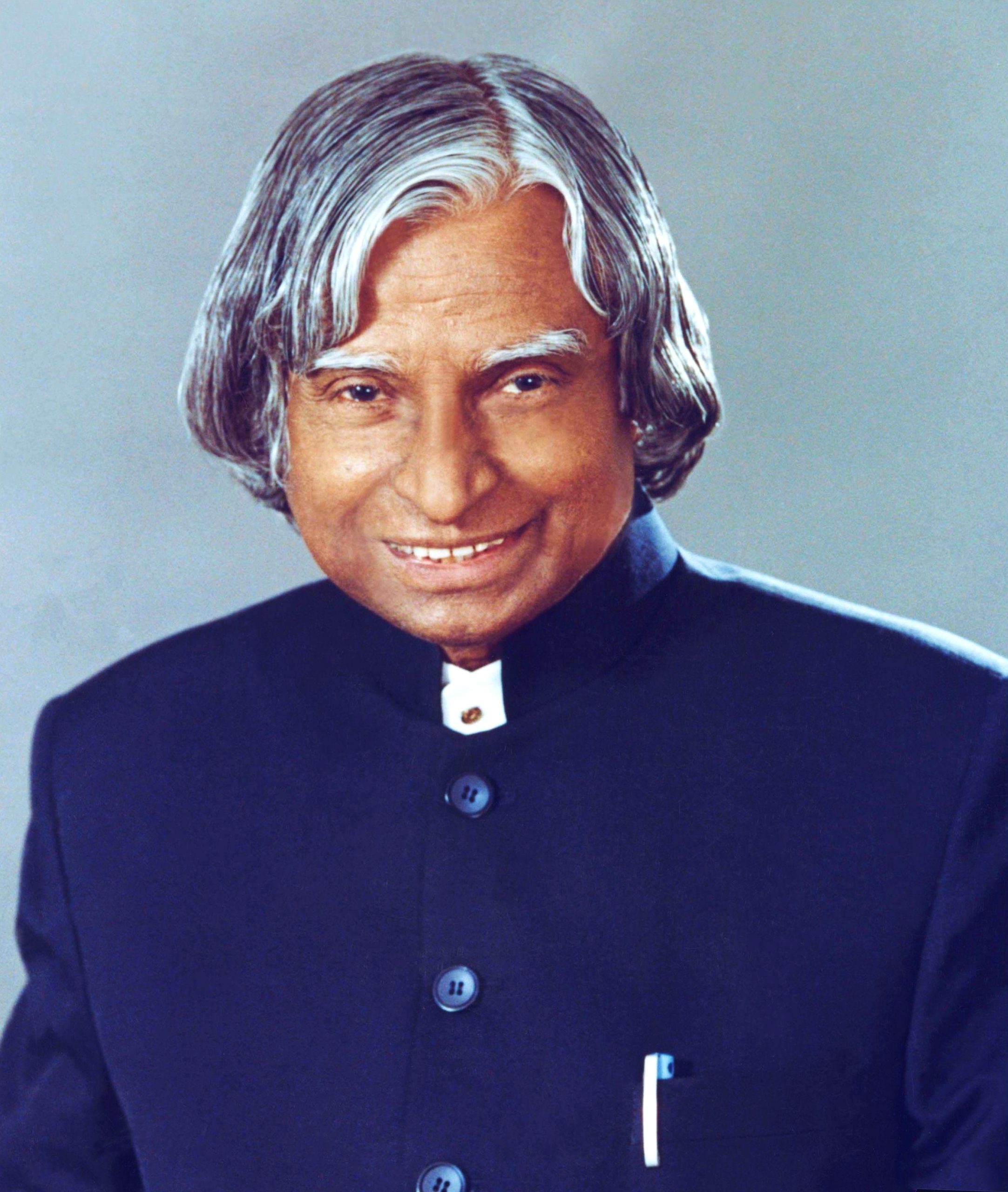
Who was APJ Abdul Kalam?
As the 11th President of India, Dr. APJ Abdul Kalam was an Indian space scientist who led the country from 2002 to 2007. Born on October 15, 1931, he grew up in Rameswaram, Tamil Nadu, and went to school to study physics and aerospace engineering. Abdul Kalam became India’s 11th President in 2002. The ruling Bharatiya Janata Party and the rival Indian National Congress party backed him.
After only one term, APJ Abdul Kalam went back to teaching, writing, and public service as a civilian. He was also known as the “People’s President.” Read APJ Abdul Kalam’s biography to learn more about his life, including his full name, achievements, ideas, quotes, and other important facts.
APJ Abdul Kalam Biography
APJ Abdul Kalam, whose full name was Dr. Avul Pakir Jainulabdeen Abdul Kalam, was a great scientist, a creative leader, and one of India’s most beloved people. He was born on October 15, 1931, in Rameswaram, Tamil Nadu. Dr. Kalam’s life story inspires people all over the world. From being poor to becoming the 11th President of India, his story shows how hard work, understanding, and a strong love for his country can pay off.
Kalam had a simple childhood but became one of India’s most loved and recognized leaders. He came from a simple home and had many problems when he was young. He was very interested in science and technology and wanted to learn everything he could.
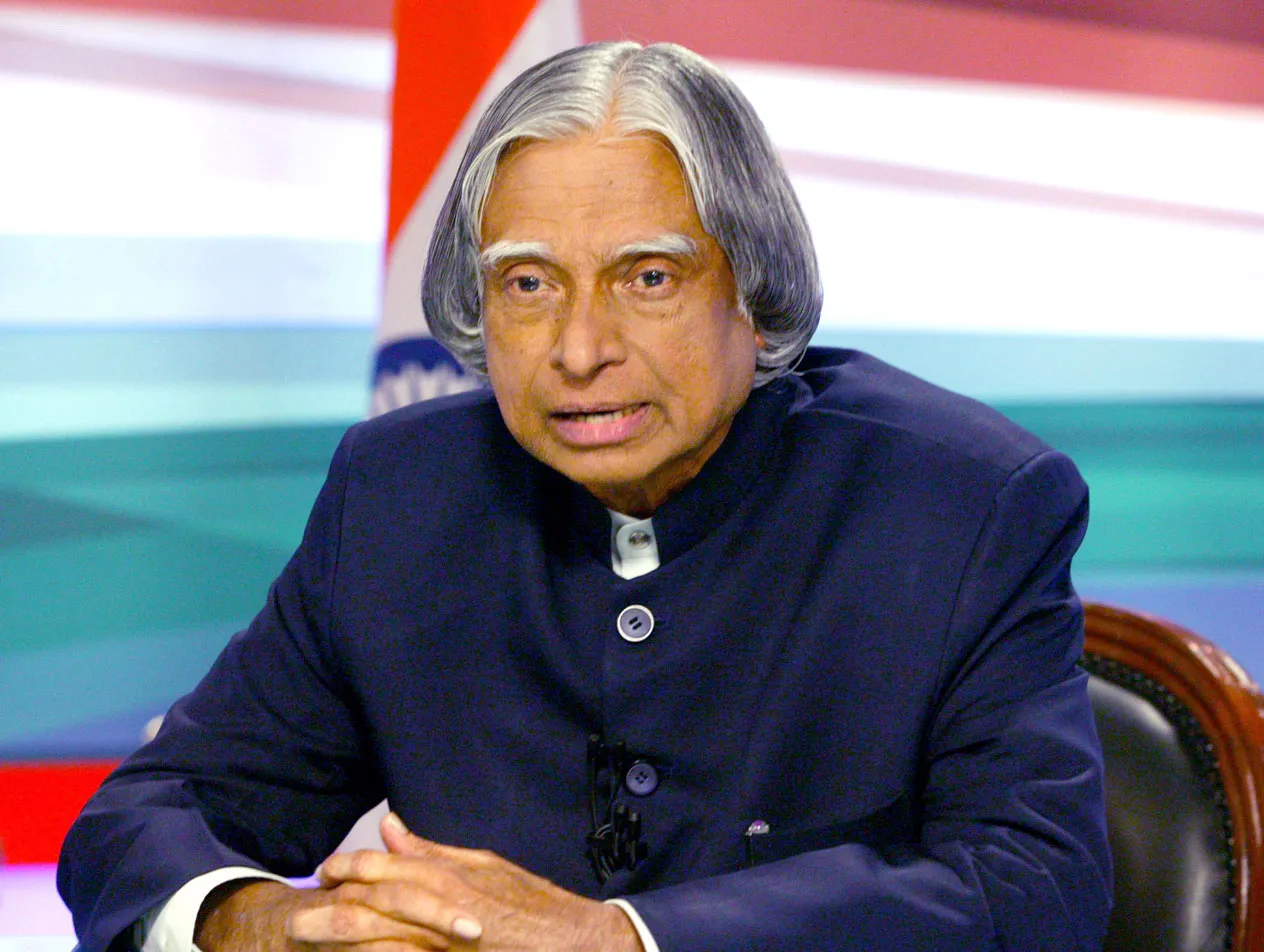
| Full Name | Avul Pakir Jainulabdeen Abdul Kalam |
| Birth Date | October 15, 1931 |
| Birth Place | Rameswaram, Madras Presidency, British India |
| Parents | Jainulabdeen Marakayar and Ashiamma |
| Death | July 27, 2015 |
| Political Affiliations | National Democratic Alliance (NDA) |
| Profession | Aerospace Scientist, Author |
| Awards | Padma Bhushan, Padma Vibhushan, Bharat Ratna, Indira Gandhi Award for National Integration, Veer Savarkar Award, SASTRA Ramanujan Prize |
| Field | Aerospace Engineering |
| Institutions | Defence Research and Development Organisation (DRDO), Indian Space Research Organisation (ISRO) |
| Alma Mater | St Joseph’s College, Tiruchirappalli (BEng), Madras Institute of Technology (MEng) |
| Office | Former President of India |
APJ Abdul Kalam Early Life and Education
In his early years, Kalam had to deal with the problems of coming from a low-income family, but his parents taught him the importance of hard work, discipline, and education. From a very young age, he was highly interested in science and technology because he had a very open mind.
The Rameswaram Elementary School was Kalam’s first school, and the Schwartz Higher Secondary School in Ramanathapuram was his next school. It was amazing how well he did in school and was interested in math and science.
In 1950, Kalam got into St. Joseph’s College, Tiruchirappalli, to study physics and get a degree. But in his second year of college, he changed his mind and chose to study aviation engineering instead, which was something he was interested in.
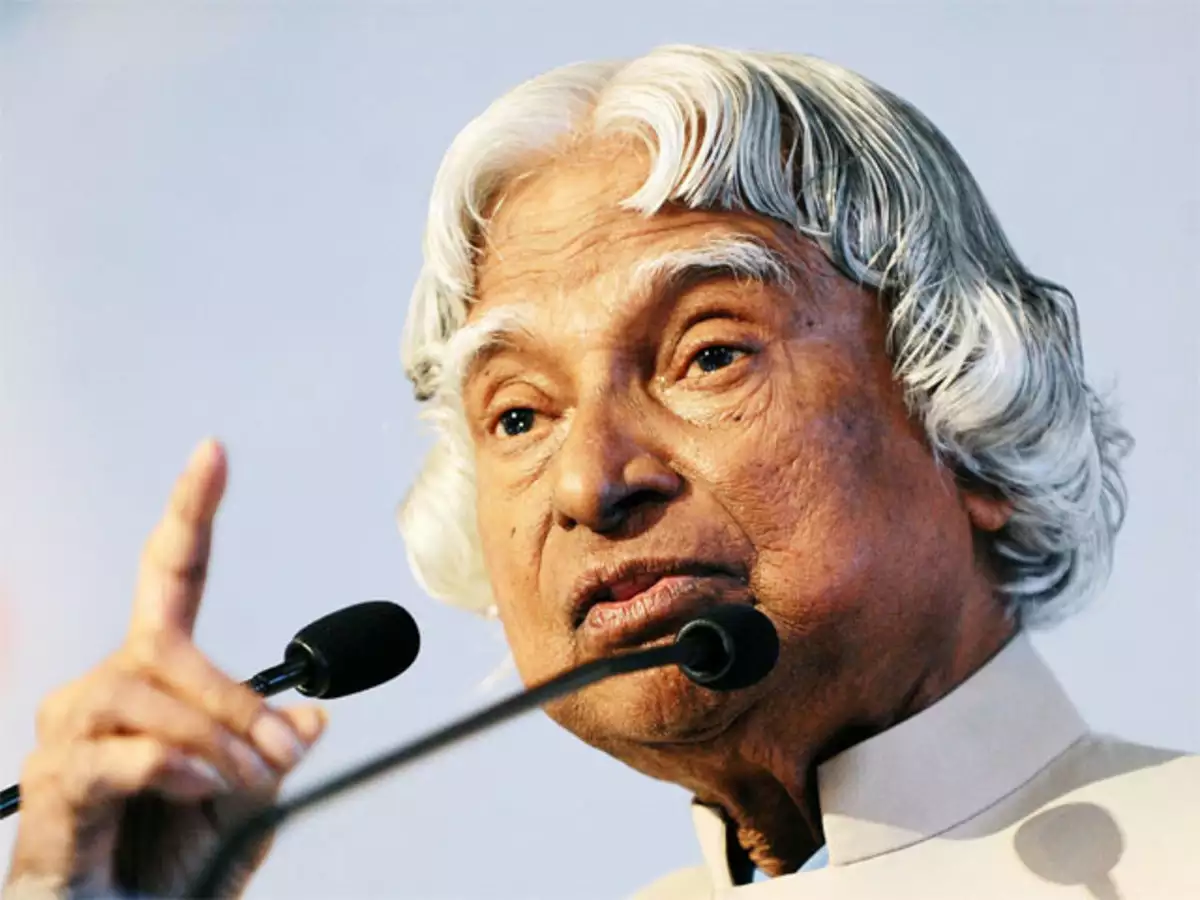
In 1954, Kalam got his degree in aviation engineering from the Madras Institute of Technology (MIT), Chennai (then called Madras). His time at MIT set him up for success as a scientist and aircraft engineer in the future.
After finishing school, Kalam worked for the Defence Research and Development Organization (DRDO) and the Indian Space Research Organization (ISRO). He was essential to India’s missile development program and significantly advanced in creating ballistic missiles.
APJ Abdul Kalam Physical Stats & More
| Height (approx.) | in centimeters– 163 cm in meters– 1.63 m in feet inches– 5’ 4” |
| Weight (approx.) | in kilograms– 60 kg in pounds– 132 lbs |
| Eye Colour | Black |
| Hair Colour | Grey |
APJ Abdul Kalam Family, Wife, Siblings and More
He was born into a simple Tamil Muslim family in Rameswaram, a small town in Tamil Nadu, India. His father, Jainulabdeen, owned boats, and his mother, Ashiamma, ran the household. His family was a very religious Muslim, and he grew up in a close-knit and helpful home.
The man who raised him, Jainulabdeen Marakayar, owned a boat and was the imam of a nearby mosque. His mother, Ashiamma, ran a home. His dad ran a ferry service that took Hindu travellers back and forth between Rameswaram and the now-desolate Dhanushkodi. Kalam was the youngest of five children. He had four boys and one sister. His family was wealthy and were Marakayar ranchers and traders who owned many homes and large plots of land.
In a family of five, Kalam was the youngest. He had four older brothers and one older sister. Kalam never got married and spent his whole life devoted to his work, job, and service to the country. He was careful with his money and followed strict rules, always thinking about what he owed the country and its people.
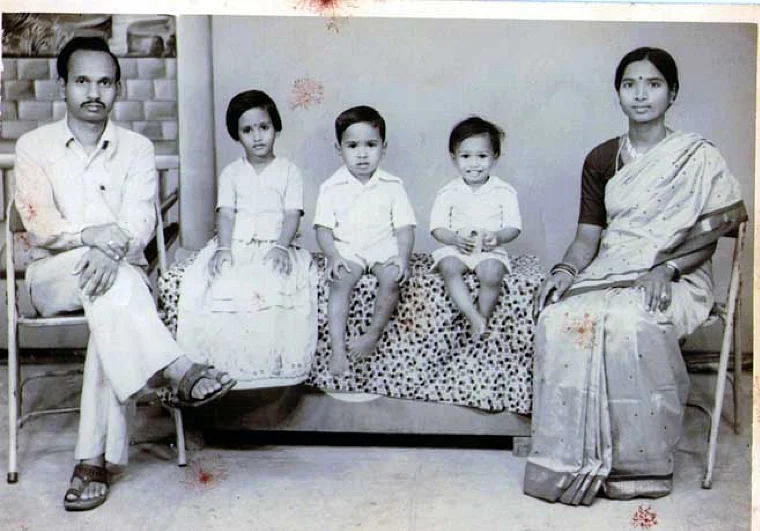
| Family | Father– Jainulabiddin Marakayar (A boat owner and Imam of a local Mosque) Mother– Ashiamma Jainulabiddin (Housewife Brothers– Kasim Mohammed, Mustafa Kamal, Mohammed Muthu Meera Lebbai Maraikayar Sister– Asim Zohra (eldest) |
| Religion | Islam |
| Ethnicity | Tamil Muslim |
APJ Abdul Kalam Career
After attending the Madras Institute of Technology, Kalam worked at the Aeronautical Development Establishment, part of the Defence Research and Development Organization (DRDO). At first, he made a small hovercraft. Vikram Sarabhai, a famous Indian space scientist, was Kalam’s boss on the Indian National Group for Space Research (INCOSPAR) group.
Kalam went to the Langley Research Centre in Hampton, Virginia, the Goddard Space Flight Centre in Greenbelt, Maryland, and the Wallops Flight Facility in 1963 and 1964. The Indian Space Research Organization (ISRO) hired him in 1969. As project head of India’s first satellite launch vehicle, SLV III, he successfully put the Rohini satellite into orbit around the earth
in July 1980. Kalam worked hard on the Polar Satellite Launch Vehicle (PSLV) and SLV-III projects from the 1970s to the 1990s. Both of them were successful. In 1974, Raja Ramanna invited Kalam when India did its first nuclear test. In the 1970s, Kalam led two projects, Project Devil and Project Valiant, to use SLV systems to make ballistic missiles. Indira Gandhi, who was Prime Minister at the time, gave these projects secret funds.
Kalam was the Prime Minister’s top scientific adviser from July 1992 to December 1999 and the head of DRDO from December 1999 to the present. His job during the Pokhran II nuclear test in 1999 was to lead the project along with Rajagopala Chidambaram.
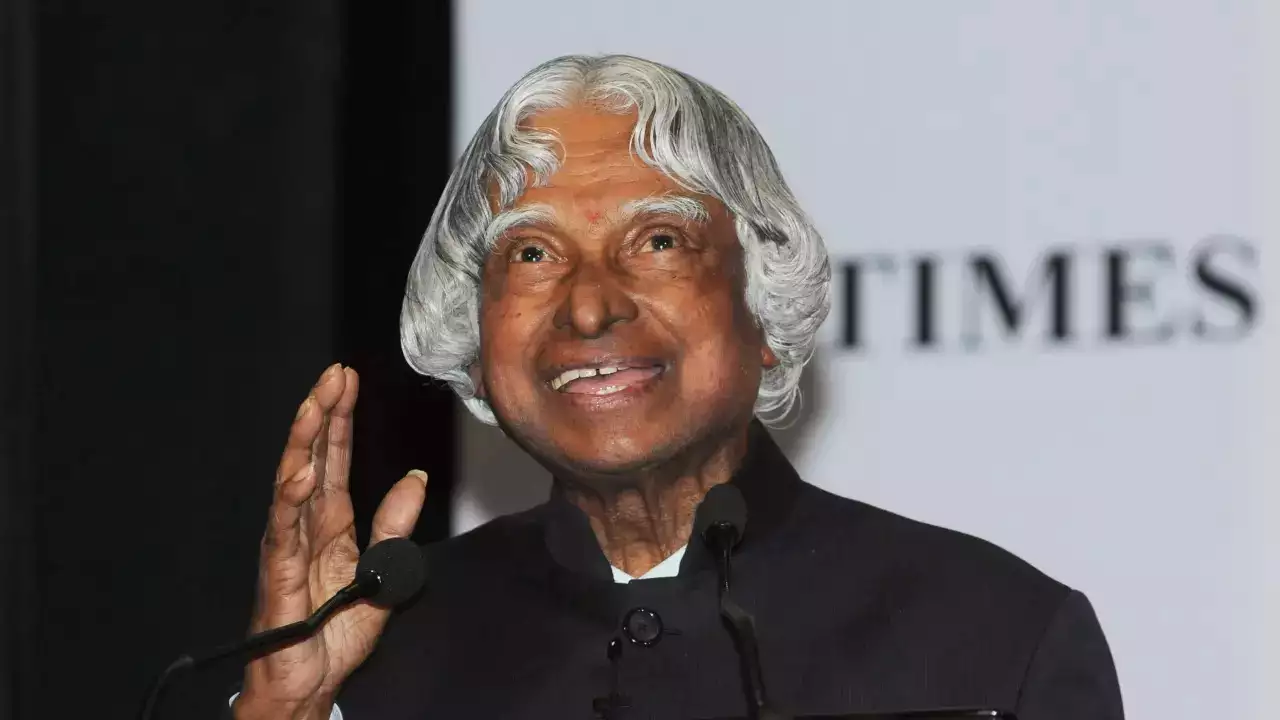
In the 2002 election for president, the National Democratic Alliance (NDA) put him forward as India’s leader, and the Samajwadi Party (SP) and the Nationalist Congress Party (NCP) backed him.
Getting 89% of the votes, he beat his opponent, Lakshmi Sahgal, a rebel during the Indian Independence Movement and a former Army officer. Kalam became the 11th President of India on July 25, 2002. When Kalam left his job as president in 2007, he became a visiting professor at the Indian Institute of Science, Bangalore, IIM Ahmedabad, IIM Indore, and other places.
Also Read:
Awards/Honours
- 1981: Padma Bhushan by the Government of India
- 1990: Padma Vibhushan by the Government of India
- 1997: Bharat Ratna by the Government of India
- 1998: Veer Savarkar Award by the Government of India
- 2007: King Charles II Medal by Royal Society, UK
- 2009: Hoover Medal by ASME Foundation, USA
- 2013: Von Braun Award by National Space Society
- 2014: Doctor of Science by Edinburgh University, UK
APJ Abdul Kalam’s Net Worth
He lived a straightforward life. He had 2,500 books, a wristwatch, a Veena, a CD player, a laptop, six shirts, three suits, four pants, and a pair of shoes. He also owned his family home and a small plot of land next to it in Rameswaram, Tamil Nadu.
APJ Abdul Kalam Death
Kalam gave a talk at the Indian Institute of Management in Shillong on July 27, 2015. He felt uneasy while going up the flight’s stairs, but he felt better quickly after taking an hour to rest on the plane. It happened at 6:35 p.m. while he was teaching a class lesson. Someone rushed him to Bethany Hospital, which is not far away. He went to the ICU. But at 7:45 p.m., he took his last breath and died from a heart attack.
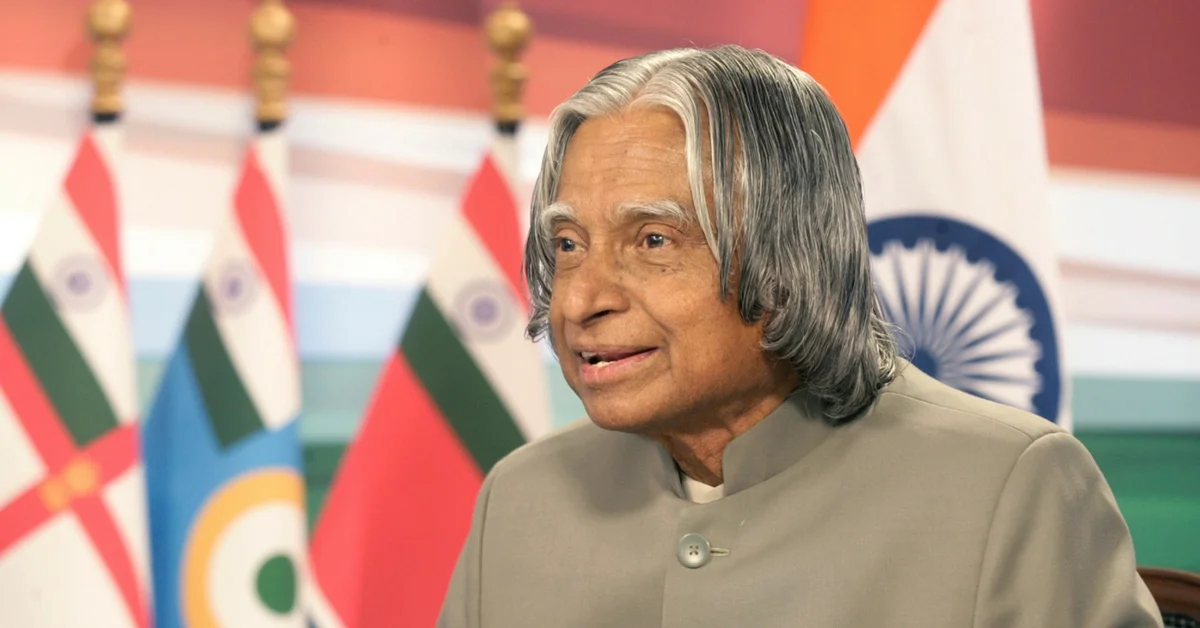
Interesting facts
- Kalam became President of India in 2002, taking over from K.R. Narayanan.
- Many people respected APJ Abdul Kalam for being humble and caring about the country’s well-being. He was the first scientist to be President.
- During his time as President, Kalam was known for supporting technology and new ideas and working to improve education, especially in rural areas.
- APJ Abdul Kalam had a lot of ambition. He thought that India could become a developed country by 2020. He wrote many books about India’s growth, such as India 2020: A Vision for the New Millennium. These books motivated a whole group of young people to work hard to make India a developed country.
- APJ Abdul Kalam was also known for being humble and easygoing. He never wanted power or money, and although he did many great things, he stayed grounded.
- People often saw Kalam taking a bike or walking to work. He was known for being easy to reach and friendly.
- In the past, APJ Abdul Kalam said, “I am not a politician; I am a normal Indian citizen.” But as President, it’s my job to encourage and motivate the people of this great country.
- Many young people in India and around the world looked up to Kalam. He thought schooling was essential and told young people to never give up on their dreams.
- Someone once told me, “You must dream before your dreams can come true.”
- Kalam also cared a lot about science and technology and thought India could become a world leader in new ideas.
- Abdul Kalam thought science and technology could help fix some of the world’s most significant issues, like disease, poverty, and food.
- It was for his work in India’s military and space program that Kalam received many awards and honours, including the Bharat Ratna, which is India’s top civilian award, in 1997.
- In 2007, the Royal Society in the UK gave APJ Abdul Kalam the King Charles II Medal. In 2008, the ASME Foundation in the USA gave him the Hoover Medal.
I am deeply convinced that you’ve been made aware of specific aspects of ‘APJ Abdul Kalam’ Biography. I beseech you to distribute this post and express your thoughts in the comments. Additionally, kindly remain in touch with our website, Biography VIP, for future updates.